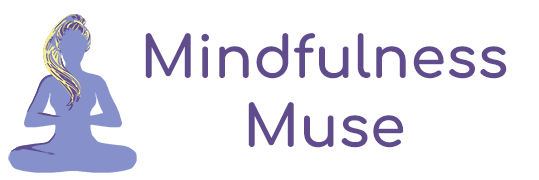6 Glimpses Into the Crystal Ball – Part Two

“How am I going to live today in order to create the tomorrow I’m committed to?” – Tony Robbins
Are you ready to learn about three more glimpses into the crystal ball of character? The cover article of the May/June 2011 issue of Psychology Today explores six fascinating clues to character. These final three traits/indicators of personal character can serve as helpful starting places to begin thinking about the type of person who you want to become and to be around.
Clues to Character
Think about what personal attributes are within your power to shape and mold you now in your life. Don’t allow the past to continue to be an excuse for not being the best version of yourself. Whatever happened, happened, but to move forward, we must make meaning of the past, accept what was/what is, and let it go.
Goodness
Ah, the age-old question of whether or not someone is a good egg or a bad egg. According to psychologist Susan Engel, “Goodness comes from somewhere and so does badness. People model themselves on those around them.” Some of our aspects of morality are born from within, and some from without. We cannot deny that we are heavily influenced by our primary caregivers and our environment. However,even if you were raised by wolves, there is still hope! Recognizing your past is the first step towards choosing to think, feel, and behave differently. Goodness involves empathy and willingness to help others, both of which can be cultivated with practice.
Look for: How a person thinks about moral issues as well as how they actually behave in difficult situations. It is also important to be able to regulate one’s emotions and calm oneself down, which is a prerequisite for good decision-making in all realms of life.
Friendship
Researchers believe that meaningful relationships with other people are particularly satisfying because of their ideal foundation of equality and reciprocity. Clinical psychologist Barry Lubetkin remarks, “Friendship allows you to grow. Knowing there is a support system encourages you to take more chances and move toward greater success.” The bulk of psychological literature indicates that the qualities we are drawn to in other people are kindness and assertiveness. This combination of qualities gives us faith that the other person is willing and able to be there for us in times of need. The capacity for friendship involves two aspects: sociability (which is largely the result of temperament) and social skills (how to read others and interact with them). While much of our temperament is stable over time, we can acquire social skills through knowledge and practice.
Look for: People who ask about others, make others feel welcome, suggest group activities, and (appropriately) share information about themselves. Notice if a person’s friendships seem alive for their own sake, or for the sake of some kind of “exchange” (e.g., money).
Intimacy
People with a strong capacity for love and intimacy are willing and able to be vulnerable and put their trust in others. Intimacy has the power to provide us with the ultimate experience of comfort from another human being. It is worth saying that this concept of “intimacy” goes far beyond the physical, to the depth of human connection that we get through allowing ourselves to be fully open to and seen by another person. Psychologists believe that the capacity for intimacy originates in our earliest relationships with caregivers. Were we able to establish a reliable and secure connection as infants and young children? These earliest relationships form our initial sense of what to expect from others – can we trust in feeling safe to open ourselves to others? The very heart of intimacy involves a delicate mix of vulnerability with reciprocity.
Look for: Ask the other person what their early experiences of trust and love were like. Even someone who didn’t experience a healthy secure bond when they were young will reveal to you in the way they talk about these early experiences (e.g., anger, regret, sadness) how much peace they have made with the past. Do they seem open to loving and being loved now?
What qualities do you believe are the most reliable indicators of character in yourself and others? What thoughts or feelings came up for you as you read through these six glimpses into the crystal ball of character? Try thinking of ways that you can use this knowledge to better inform your relationships with others and your own personal path towards self-improvement.
– – – – – – – – – – – – – – – – – – – – – – – – – – – – – – – – – – – – – – – – – – – – – – – – – – – – – – – – – – – – – – – – –
Marano, H.E. (2011, May/June). Clues to character. Psychology Today, 54-60.
Featured image: Gulf of Mexico by livingonimpulse / CC BY 2.0

Hey Laura!
While I haven’t been posting comments regularly I can say I’ve been reading what you’re posting and totally enjoying your blog!
I especially appreciate these post where you add “Look for”…I love these! So often people write stuff but rarely provide the detail on how to actually use the info being shared. So thank you thank you thank you!
amy
Amy – I’m so glad to hear that you are enjoying the blog! I definitely think it’s important to talk about ways to apply these concepts to our lives in practical ways. Thanks for your comment – I will continue to include things to “look for” and ways to use these ideas in real-life ways.